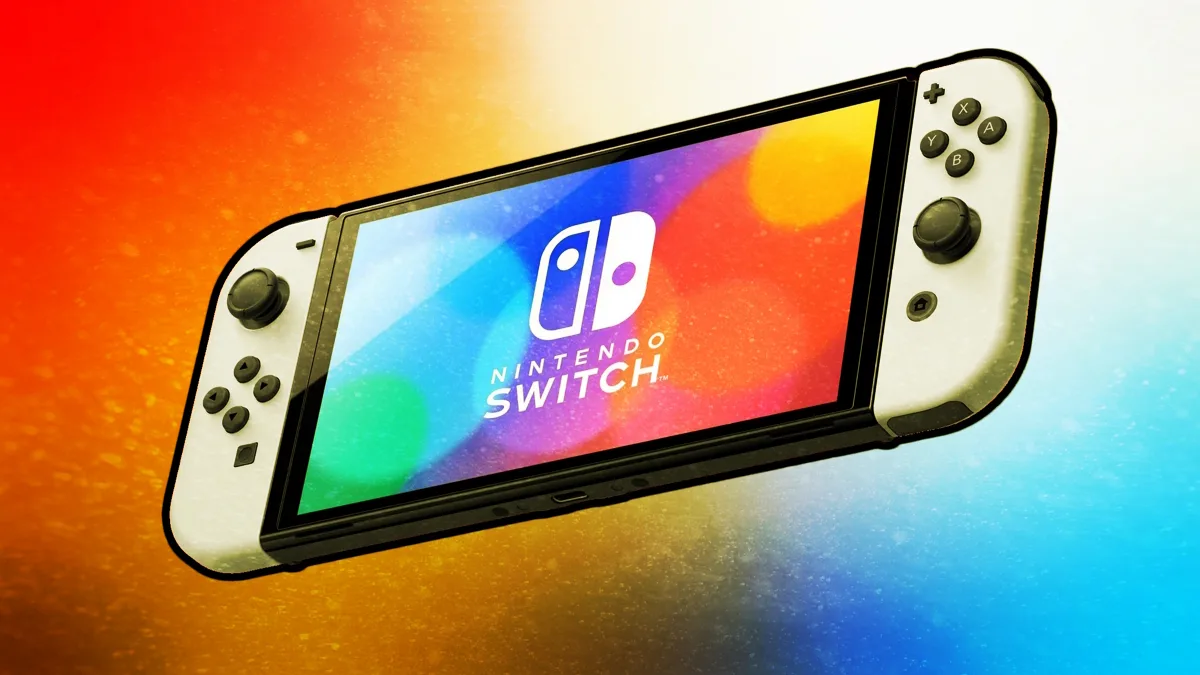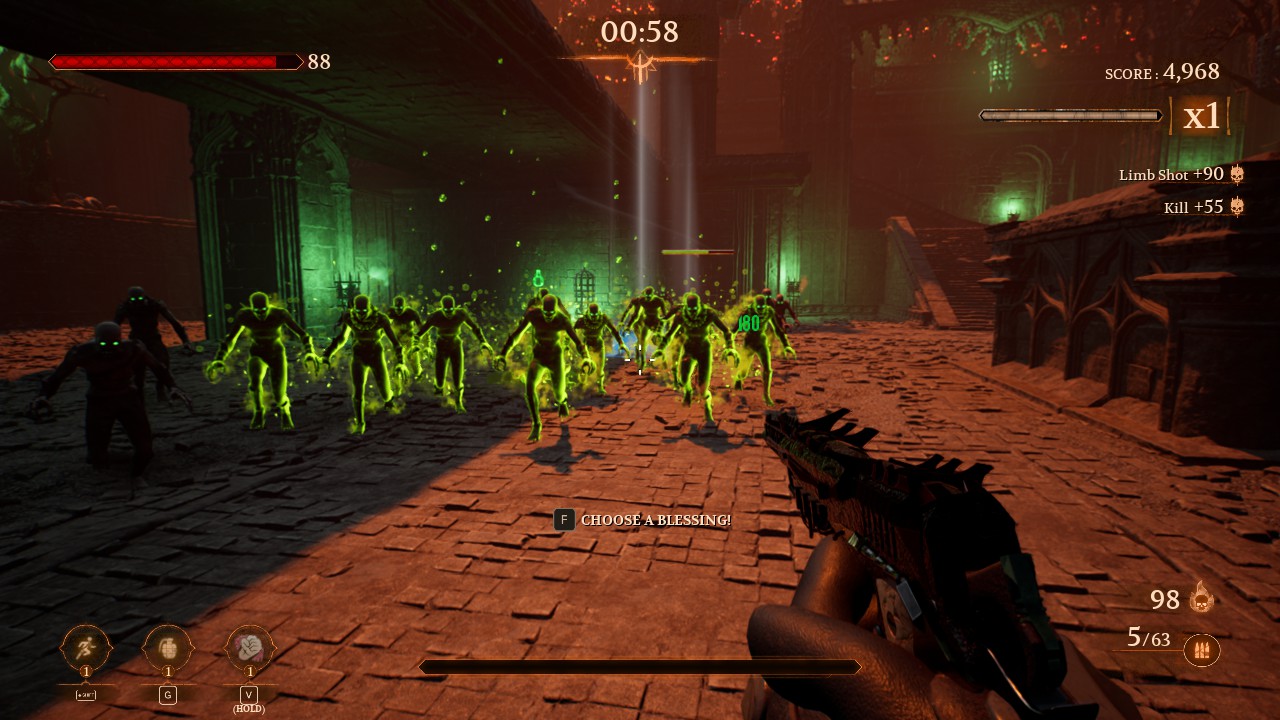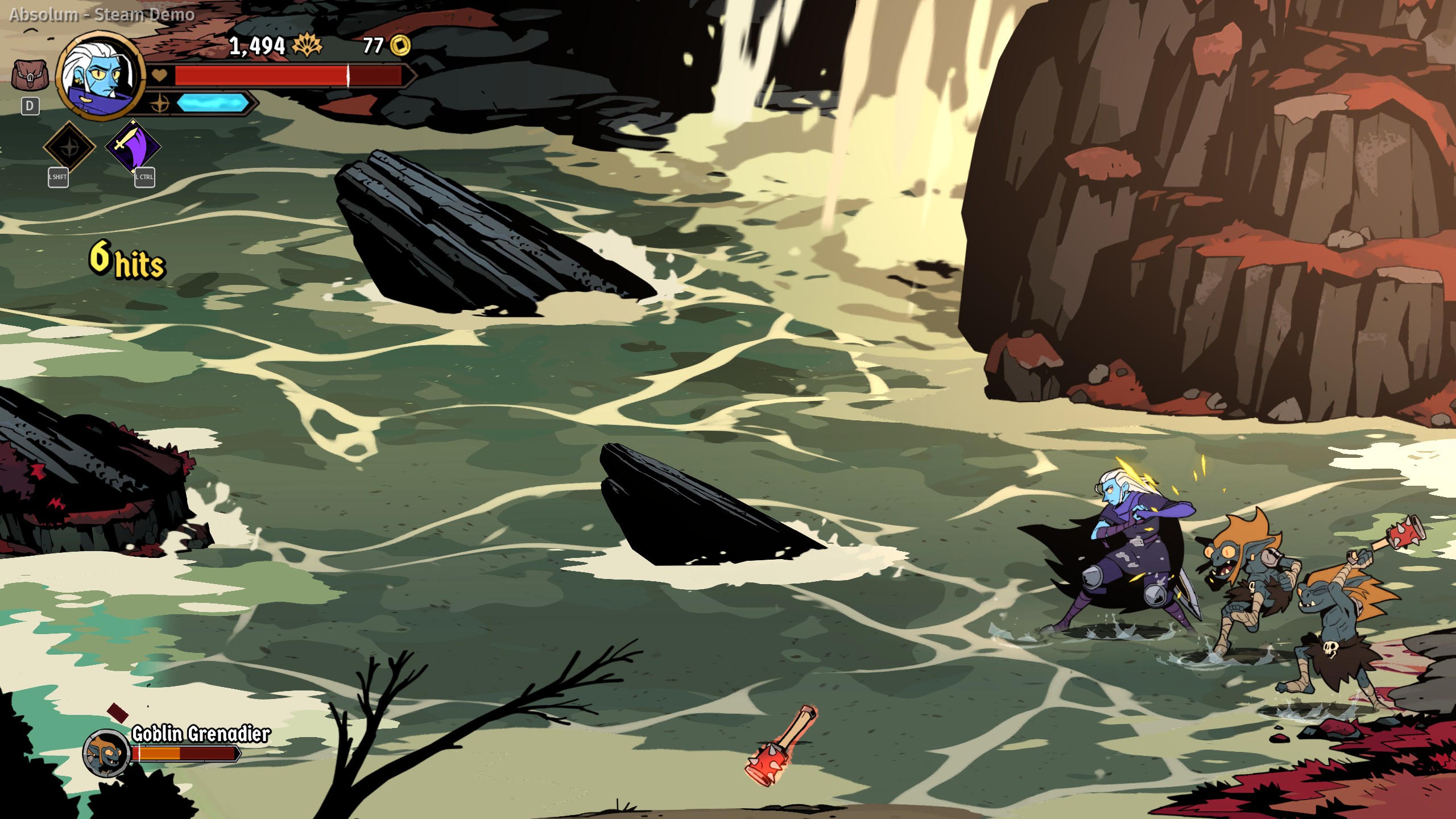With over 125 million units sold as of March 2023, if Nintendo were to stop producing its hybrid Switch system at this point, it would go down in history as the company’s most successful home console ever and second best-selling console of all time. It would also be the third best-selling console in all of gaming history. In short, the Nintendo Switch has been a huge success, accomplishing what nearly a decade ago, many assumed was no longer possible for Nintendo. That is, having a truly healthy platform. A healthy platform that has switched the dynamics of the console market.
Despite the Switch’s stellar performance over the six-plus years that it has now been Nintendo’s frontrunner, the calls for its departure are growing ever louder. In a way, this makes sense, but all things considered—almost everything about the Switch has been nothing short of an exciting “accident”. So, how does one take an idea that has essentially worked on a whim and efficiently build upon it?
The tale of a fallen king
Before discussing where Nintendo might be headed next, we first need to take a brief trip through the archives of history to see how it has made it to this point.
The story of Nintendo’s rise to fame in the video game industry is one well known across the globe. During the late 80s, after the introduction of the revolutionary “one-two” combo that came in the form of the Nintendo Entertainment System in the home console space and the Nintendo GameBoy in the handheld space, Nintendo effectively cemented its position as the kingpin in the entire global market.
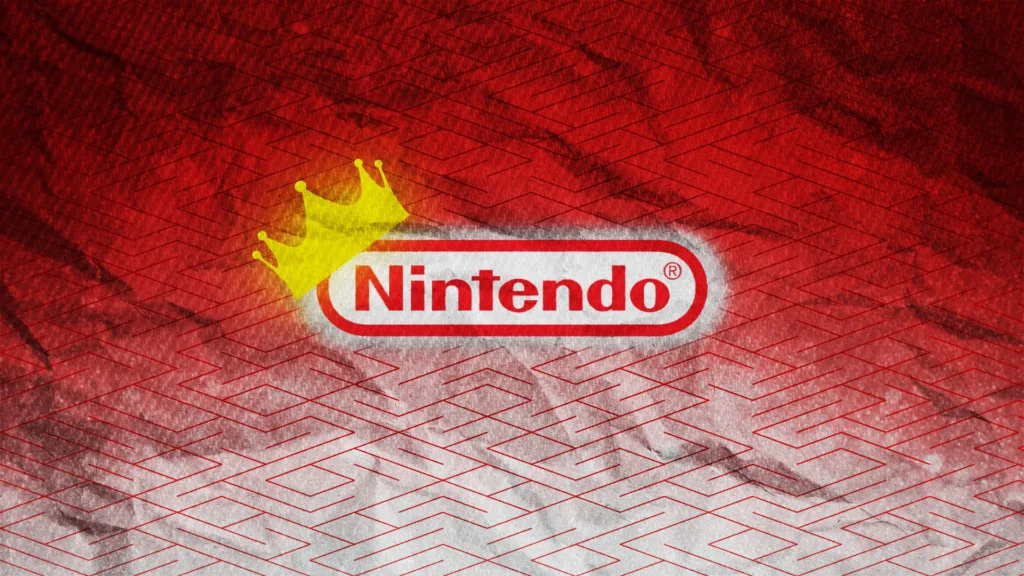
Overthrowing the previous market leader, Atari, Nintendo opted to take tight reigns of the industry as a whole. Part of Atari’s downfall was by its own bidding, as it allowed a proliferation of what we now know today as shovelware to inundate the market, therefore putting a chokehold on its ability to grow.
Thus, Nintendo effectively came in and “cleaned house”, showing the world that good, quality games were out there.
Nintendo’s higher standards for quality not only affected its own studios, however. It also infamously enforced these strict standards when it came to third-party projects.
Perhaps this attitude was fuelled by both its new position as market leader and not wanting the industry to be faced with another possible massive collapse as was the case with Atari. Whatever the case, developers weren’t exactly intending on being undeniably loyal to Nintendo and when a better suit came about, the chains of the “Big N” were gradually being broken.
First, contemporary Japanese console maker SEGA entered the fray massively in the early 90s as it began to directly challenge Nintendo. It advertised itself to both consumers and studios as the “cool”, “rad” platform. Before long, Nintendo’s sales numbers were being properly threatened. Yet, it maintained its headstrong attitude.
The mistake that would truly leave a lasting mark on Nintendo’s legacy, however, essentially came due to its own folly.
Despite partnering with Japanese tech-giant Sony to create a new platform, the Nintendo Playstation, Nintendo later backed out of the deal near the system’s reveal.
Understandably enraged by this, Sony opted to forge its own path in the industry ahead, by spinning off the project into the first iteration of the Sony PlayStation family of consoles. Nintendo didn’t know it at the time, but this would become its biggest rival to this day in the gaming industry.
The chains of Nintendo’s reign broke more and more throughout the rest of the 90s, as the Super Nintendo Entertainment System sold less than the NES, and the Nintendo 64 then sold less than the SNES.
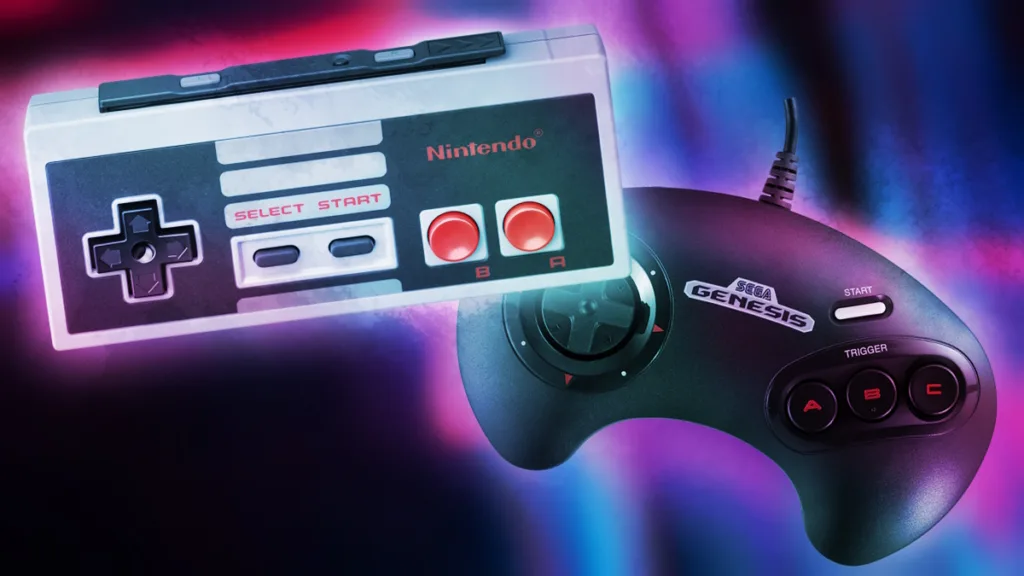
During the sixth-generation, SEGA eventually met its own demise as a console maker before the turn of the millennia, with the loved but ill-fated Dreamcast, while the PlayStation brand only grew in success. SEGA’s unexpectedly vacant position was quickly filled by the first American-made Microsoft Xbox. Not counting the DNF status of the SEGA Dreamcast, the positioning of the remaining console makers was obvious for all to see.
Sony’s PlayStation 2 was the undisputed winner, not only of the generation, but remains as the best-selling videogame platform of all time. Meanwhile, the first Xbox planted itself as the second-place winner of the generation.
Had it not been for the Dreamcast’s early demise, then the Nintendo Gamecube’s poor sales performance would have been even more of a spectacle as it effectively came in last. By this point, it was clear that Nintendo’s reign as the “Console King”, truly was over and proving by its next actions, Nintendo knew this.
This is why as leadership was handed over to the incoming President of Nintendo, Satoru Iwata, the company’s strategy would forever change; the effects of which are still very much present in the Nintendo of 2023. From this point forward, Nintendo would participate in the console race not so much as a runner, but a trailblazer.
A “false” Wii-n
Adopting what it describes as the “blue ocean strategy”, the Iwata-led Nintendo pivoted away from producing consoles of progressively better tech specs and instead focused on providing what the company considered to be “unique gameplay experiences.”
To mark the start of this new chapter, Nintendo’s follow-up to the GameCube would be codenamed the “Nintendo Revolution”. This new system borrowed a lot from the internals of its predecessor, but would provide an affordable, engaging experience to not just gamers, but the masses.
Nintendo realized that since its consoles were only selling less over time, a new stream of the market needed to be reach.
Some might even say this forthcoming stream was, in a way, created by Nintendo’s efforts in the mid to late 2000s. This stream is what we know today as casual gamers; folks who are complete novices to all things gaming-related, but find themselves enjoying a game or two every so often. Rather than just sell them on one game, however, Nintendo wanted them to support an entire system—the system that became the Wii.
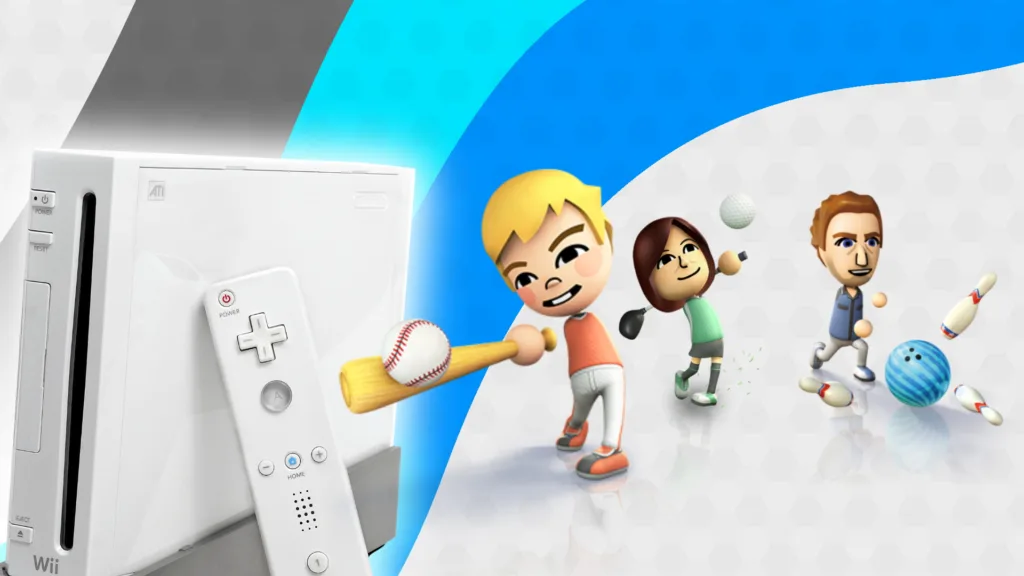
This console fit both of its names; it was a revolution at the fact that it got people of all sorts to pick up its motion-sensing controllers and enjoy a variety of simpler titles. It outright encouraged local multiplayer in terms of both the design of the controllers and the massive collection of “party games” in its library.
The Nintendo Wii shifted the tides for Nintendo’s home console business. The console went on to become what, up until a few years ago, was Nintendo’s most successful home console by selling over 100 million units globally.
The Wii’s amazing performance was bolstered by the even more successful Nintendo DS, which also opted to forego more power to instead provide a unique gaming experience. Its focus was on splitting the action between dual displays, one of which was touch-sensitive. It sold over 150 million units, and remains as Nintendo’s most successful platform to date.
Even though Nintendo always did well in the handheld market, the fact that the Wii finally broke the trend of declining sales in Nintendo’s home console market was nothing short of astounding for the company. This proved that this new business strategy was a good move, so much so that it only further cemented Nintendo’s commitment to pressing on in this direction.
That’s why the following generation proved to be arguably the company’s most tumultuous in its history to date.
When “U” didn’t see it coming
Even more shocking than the way the Nintendo of the 90s fell from grace, was how the Wii’s successor, the Wii U, sent all of its progress into the ether. Some blame it on bad marketing, others claim it’s due to the system’s confusing name, while yet others point to its unorthodox control scheme. Truly, there are a lot of factors that led to the Wii U managing to only sell 13.5 million units globally throughout its production run. To put it simply, though, it mostly seems to boil down to Nintendo expecting lightning to strike the same spot twice. Call it overconfidence, or perhaps even bad projections.
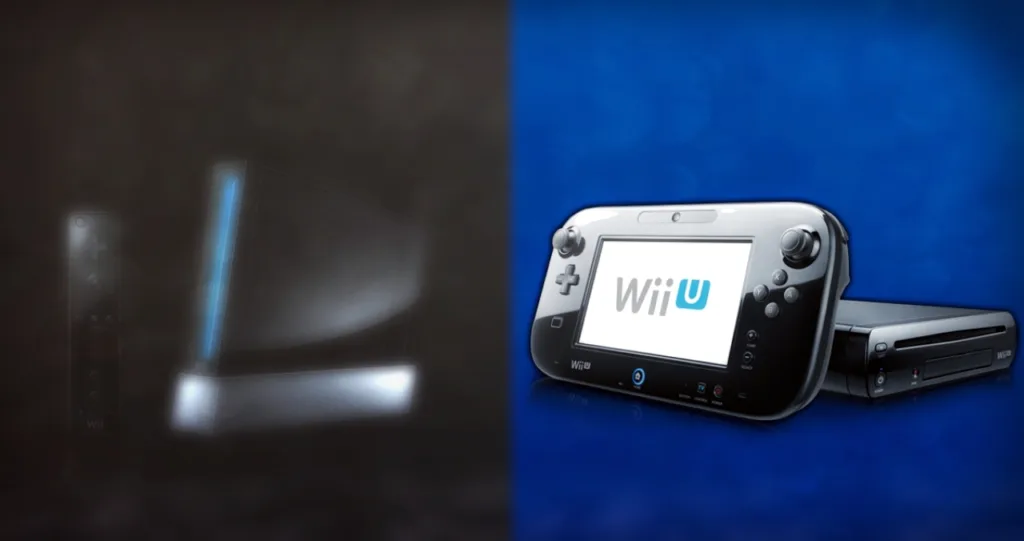
The truth is, the Wii was successful, but only in its time. It perfectly fits the bill of being in the ‘right place at the right time’. Nintendo was able to tap into an audience that had largely not been catered to, with tech that appealed to them in terms of both design and price. This allowed their curiosity to win and buy the console.
One strong example of how fickle the Wii’s audience was comes in the form of the sales of 2011’s The Legend of Zelda: Skyward Sword. This was a premier title for the Wii, it made use of all of the console’s strengths, while also playing into its weaknesses. Yet, despite reviewing well and being a new entry in one of Nintendo’s most popular franchises, it sold just over 3 million units. That’s not a bad performance within itself, but being a marquee title on a platform with an install base of over 100 million, the outlook becomes a tad more bleak. By the end of the Wii’s six year run, its active user base was likely lower than anticipated, especially considering its strong start.
The Wii U could have had the potential to reignite interest in the brand. But, it seems that in addition to what has been deemed a ‘confusing’ name, the ‘Wii’ as a brand simply didn’t carry the weight it did in its prime. This already substantial problem was enhanced by missteps the company made with the Wii U.
This finally brings us back to the star of the hour, the little darling that is the Nintendo Switch. A system that was birthed from defeat. Much like the tried-and-true tale of the titular character at their wits end in their journey, they finally muster up a newfound shred of strength and burst past their previous limits in one more valiant effort to succeed in their grand challenge. This is where Nintendo found itself when moving from the Wii U to the Switch. Former Nintendo of America President, Reggie Fils-Aime, said in an interview, the Switch was a “make it or break it” moment for Nintendo.
Switching trajectories skyward
Unlike the ‘false’, long-term success of the Wii, Nintendo seemed to prove with the Switch that it really, actually, really learned from its mistakes this time.
All the years of decline in the 90s, to then be shot skyward in the mid-2000s, only to then be hurtled even further down than ever before in the early 2010s—Nintendo has had an absolute rollercoaster of a legacy throughout its time in the home console industry.
Finally, the Switch showed a true transition into a new direction. While it still retains the flair of “uniqueness” of Nintendo’s blue ocean strategy, it shows that the company finally understood that it can’t be too unique; not too wayward from the rest of the industry. At the same time, it couldn’t be entirely off the beaten path, with its nose stuck up in the air. The ‘we can do as we see fit’ mentality, to an extent, finally seemed to be put away, or at least, put aside.
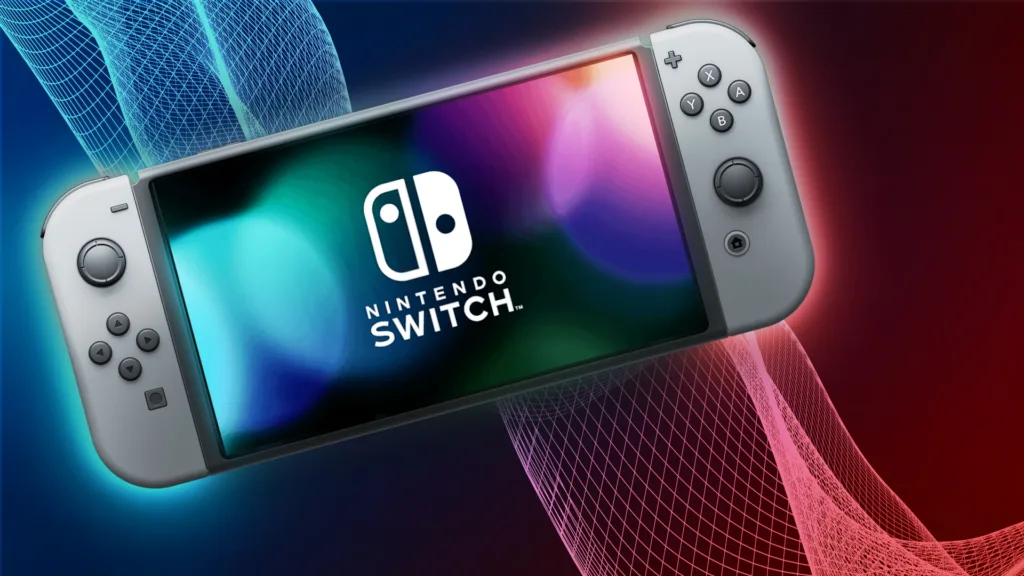
The Switch is not a perfect system, however, it found success in part due to Nintendo truly committing to a design that could deliver an effective concept to masses, not for a mere moment, but a full lifecycle. Unlike the Wii’s motion controls, the Switch’s unique hybrid design has proved to be not just a neat party trick, but an effective tool.
Beyond nailing its design, Nintendo also adopted a modern architecture for game development, and provided a snappy, simple OS. Despite all the flack its gotten over the years, the strides Nintendo made during the Wii U and 3DS era in trying to build online infrastructure have really paid off with the Switch. The eShop is solid and Nintendo Switch Online, while still basic, still gets the job done at delivering an effective online experience, along with its perks for retro game fans.
It’s still wild to think that, in the beginning, the hybrid design of the Switch, along with the instantaneous ability to swap between modes, was still very much a gamble.
Again, Reggie’s comments about the system being a “make it or break it” moment outright admits that the possibility of this being last ditch effort for Nintendo was being strongly considered. If the Switch didn’t stick, then perhaps Nintendo really would no longer be a part of the console conversation at this time.
Yet, not only did the Switch work, it’s worked so well that now Nintendo under the leadership of Shuntaro Furukawa is entering into a period of “unchartered territory” as the console continues to sell more than expected in its advanced age. Unlike the Wii, longtime Switch owners are still playing, still buying, and newcomers are still flocking in.
The road ahead following the success of the Nintendo Switch
Nintendo now finds itself in an interesting position. In recent years, it has made comments such as how it foresees the Switch having a long lifecycle due to it being a “different kind of console.” That’s no minor statement as the Switch’s hybrid nature has not only given it an interesting path to success, but the question still remains as to if Nintendo will continue this trend moving forward.
Marrying the home console and handheld operations under one platform has certainly worked wonders for the company, so veering off back into more ‘traditional’ territory would be an odd choice. Not to mention that with new devices such as Valve’s Steam Deck and Acer’s ROG Ally bearing a striking resemblance to the Switch in terms of both design and functionality. There’s no denying that the paradigm shift of Nintendo’s efforts will likely be echoing throughout the industry for years to come.
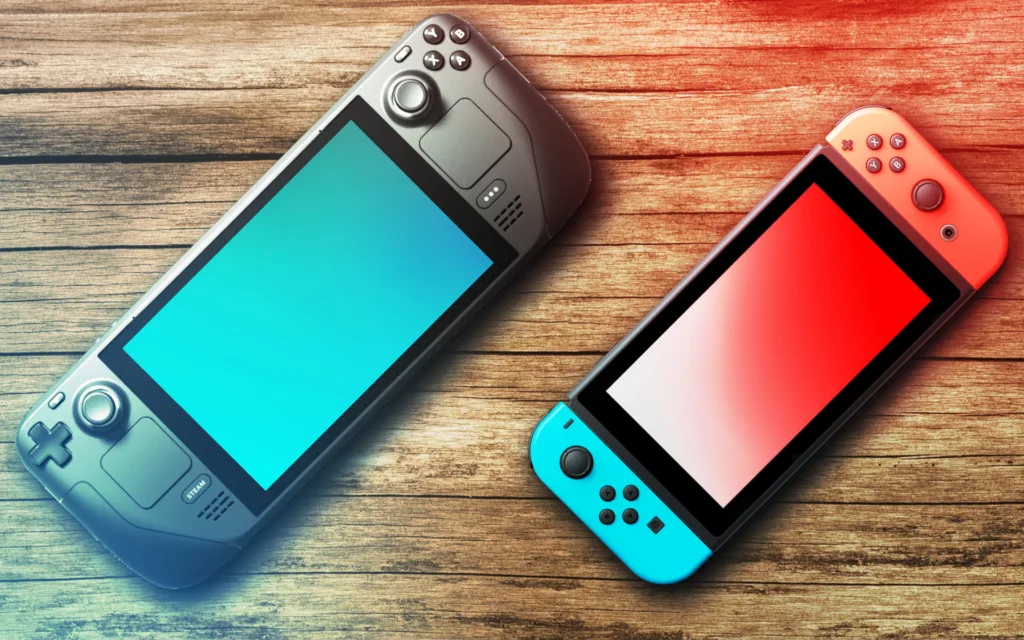
Although we still don’t know for sure what Nintendo’s next system will be, I think we can at least confidently assume that it will at the very least have a better transition that what we’ve seen in the past. Nintendo’s real challenge is ensuring that transition will actually turn out to be successful, and won’t result in another decline.
There are a lot of variables at play here, just as there were when the Switch itself was a new thing. Think again as to how this system came onto the scene in early 2017. It was riding on the heels of Nintendo’s worst-performing system ever, and the industry itself had very little confidence left in the company.
The Switch also launched in the middle of the lifecycles of the other consoles, being the PS4 and Xbox One; another very unorthodox circumstance. To make matters even more unique, this was all while those platforms themselves were being reenergized with newfound concepts that came in the form of mid-generation upgrades, the PS4 Pro and Xbox One X.
Yet, the Switch launched around the same time, all while being less powerful than even the base editions of those consoles. This isn’t what the industry wanted, as there were strong expectations another underpowered system would not survive.
As we know now, it pulled through. Not just in a ‘good enough’ fashion—it soared, breaking sales records across global markets year after year. Even as the COVID-19 pandemic rolled around in 2020 and production lines ground to a halt, all the while hype surrounded yet another set of console releases with the arrivals of the PS5 and Xbox Series X|S—the Switch remained in high demand.
At this point in its lifecycle, a downward trend is expected, but compared to all of its predecessors, this slowdown is coming both later than expected and also earlier than Nintendo expected after such a successful long-term run.
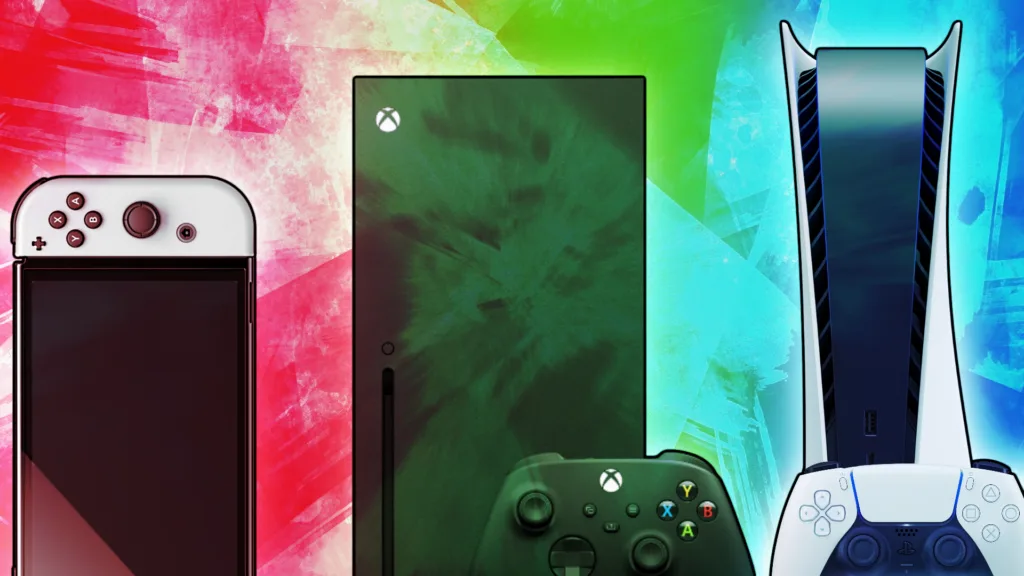
Unlike in the last generation, however, Nintendo is not scrambling to replace its frontrunner in a quick turnaround. The Wii U was snuffed out in not even a full five years, so the Switch has already outpaced its life by an extra two years. Thus, the next system has had more time to simmer; Nintendo has had more time to strategize, likely pivoting its plans as conditions surrounding the Switch have evolved.
The next move by the company will truly cement if it’s really learned from its past mistakes, or if it’s going to let history repeat itself. Nintendo is successful—it has held on far longer than its early contemporaries that once tried to challenge it during the earlier days of the industry. Its resilience is admirable, but its tasted the bitterness of failure enough to know its not standing on a platform of impenetrable rock.
All that said, however, the Switch’s shocking success has given it the boost that it very much needed to forge a truly exciting new path that arguably has the potential to provide possibly the most consistent success since it entered the console industry. That’s why this console remains important, and will forever remain important in Nintendo’s legacy.
The Switch switched on a light for Nintendo. Now, the company has to show us just how it intends to let that light burn like a star once more. After 40 decades in the industry, Nintendo has never been better prepared for such a potential outcome.
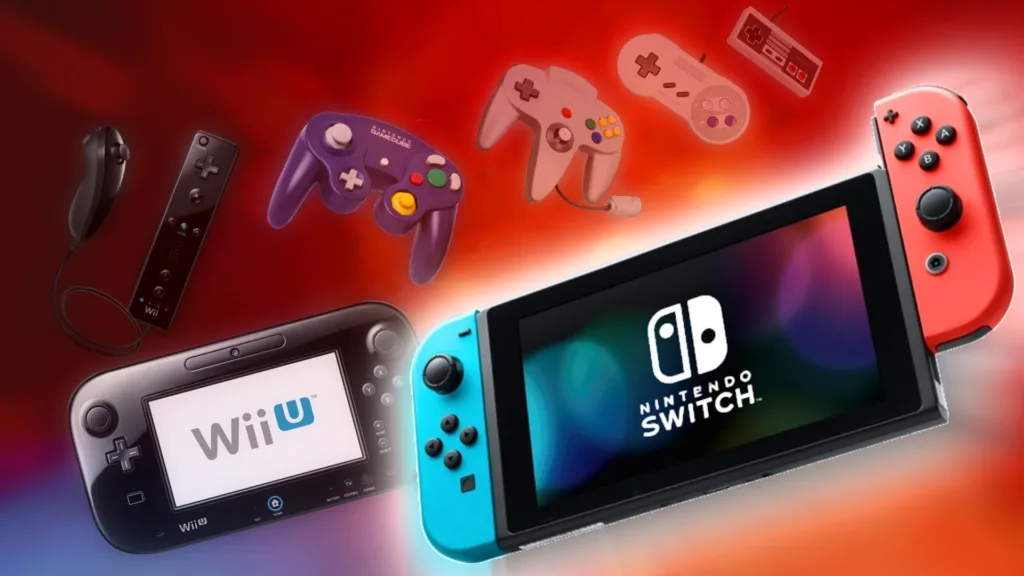
In a way, this story can serve as an inspiration to us all: sometimes life can and will send you up, down, and all around before you finally find a path that provides some stability. But, ultimately, your ability to humbly make the right decisions and burning desire to push past your limits, even if it means sometimes taking risk, is what will determine where you end up.
Or, something like that…
Check out more content:
FPS game MOUSE is giving us BioShock and Cuphead vibes | Street Fighter 6 open beta announced |

